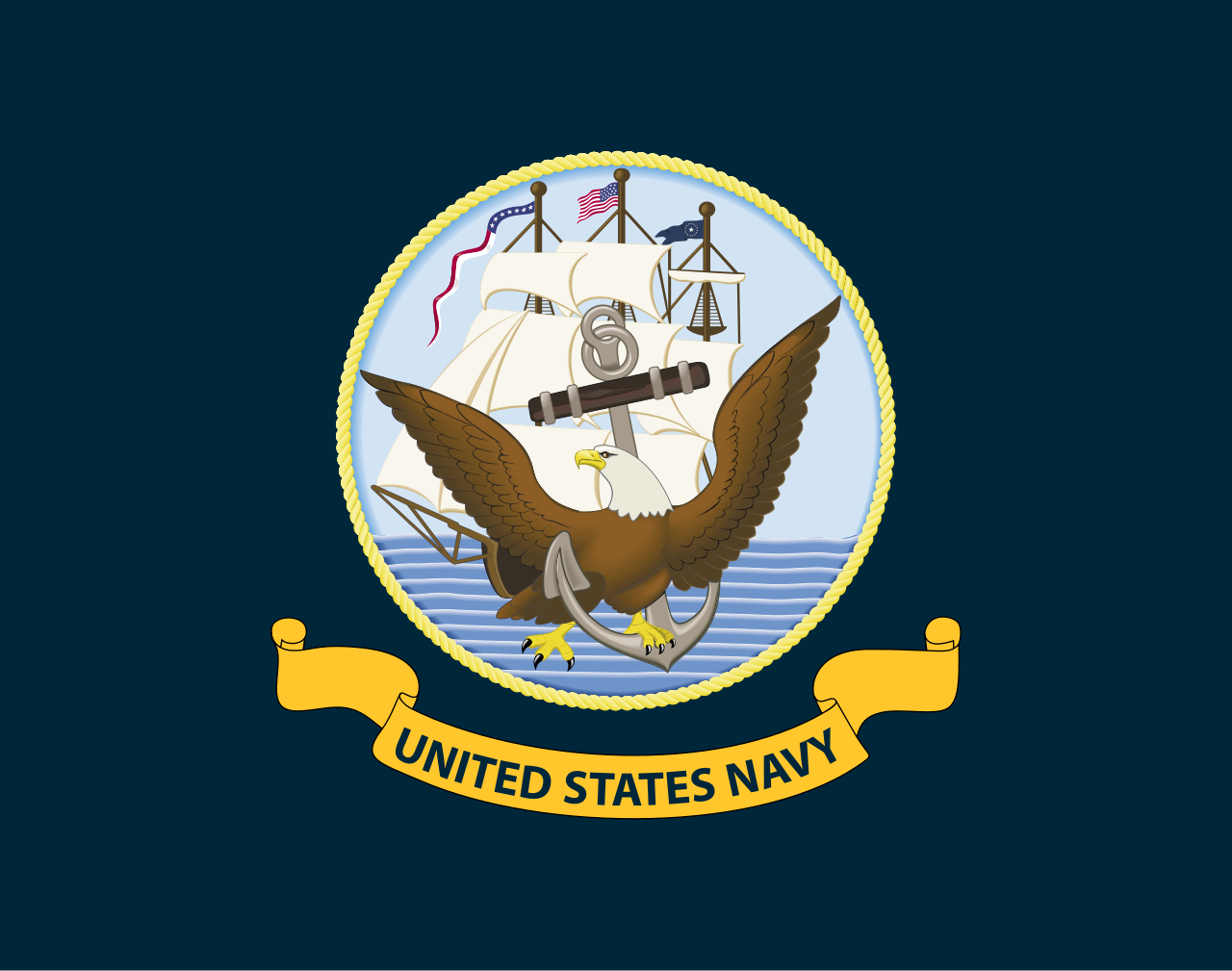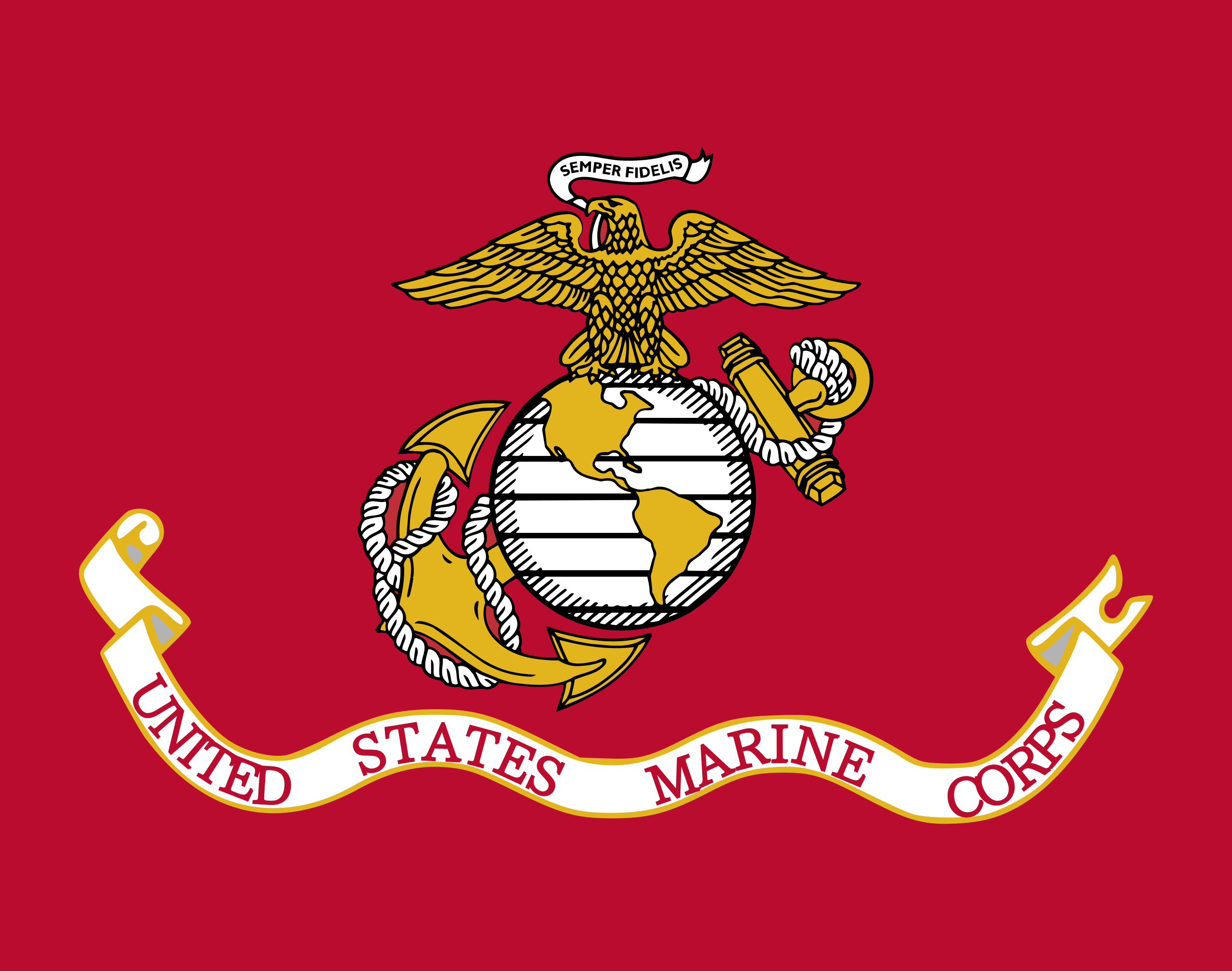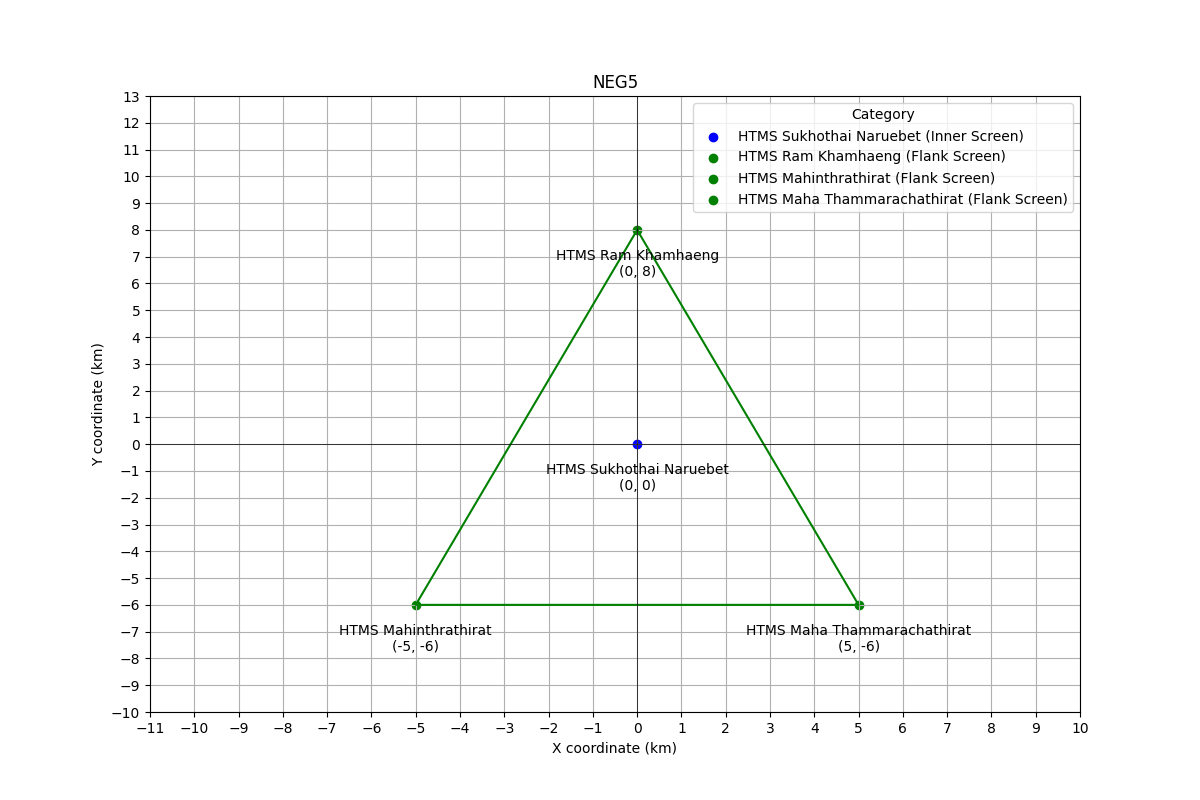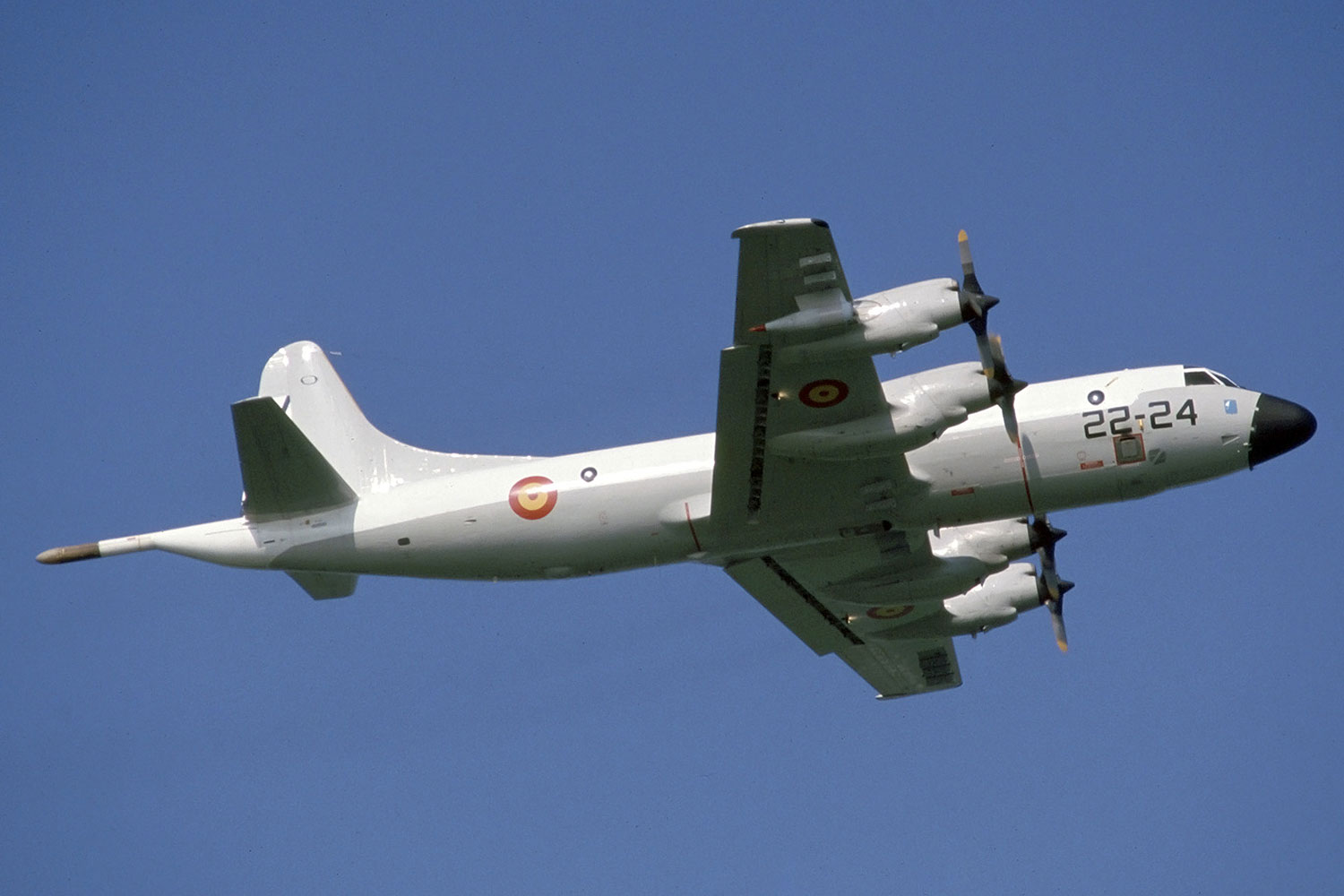- May 4, 2021
- 3,618
Secret unless contextual possible.
Following the suspension of operations by the world's largest firm, Sparrow Industry, the Naval Expeditionary Group Five (NEG5) increased its vigilance in monitoring marine transportation routes, which were greatly impacted by this development. This heightened vigilance was especially noticeable during the operations of HTMS Borommarachathirat II and HTMS Borommatrailokkanat. These two ships, entrusted with guarding the Suez Canal's area, increased their observation of both Egyptian airspace and neighboring sea zones. Given the historical background of the Egyptian Foreign Minister's attempted assassination of Thai Prime Minister Thaksin, the alertness of these Thai vessels was both natural and heightened. The crews of the HTMS Borommarachathirat II and HTMS Borommatrailokkanat were acutely aware of the potentially tense diplomatic relations and were thus extraordinarily vigilant to any movements or activities within Egyptian jurisdiction that could indicate a change in the existing geopolitical landscape. This heightened alertness was not merely a reaction to previous occurrences, but also a proactive step to guarantee the safety and security of Thai naval assets in an unpredictable environment. Both ships' personnel were instructed to maintain a high degree of situational awareness by continually evaluating data from their radar and surveillance equipment to spot any unexpected or possibly dangerous activity.








